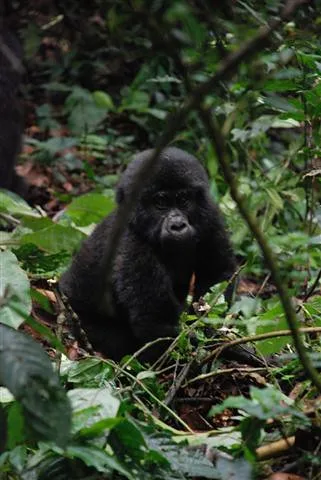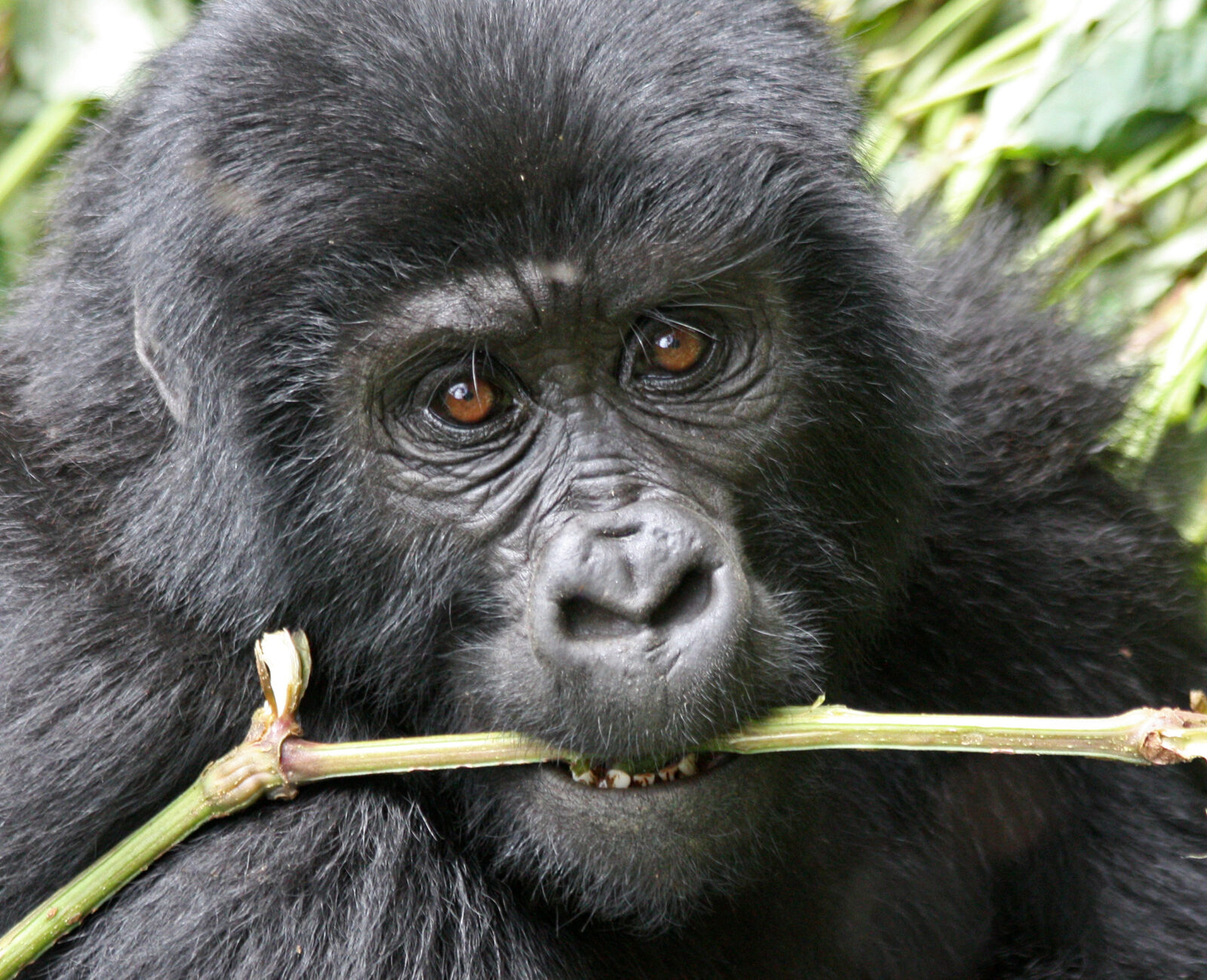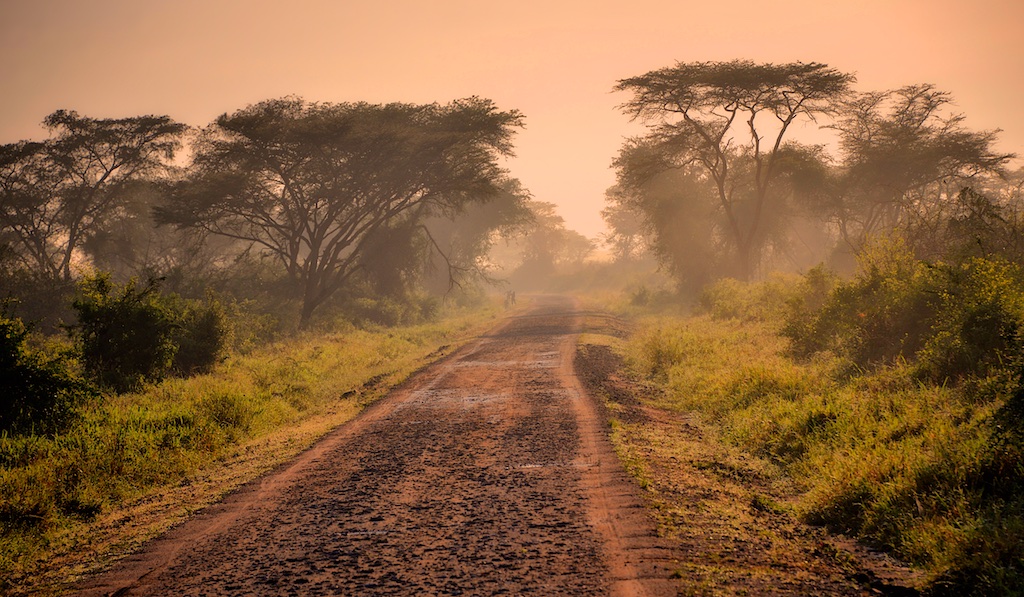The reality of gorilla conservation in the 1970’s.
The terrible logic of genes drives infanticide. Like most other animals, Gorilla males want to start breeding right away with fresh females. This guarantees that their genes will be passed on to next generations. But during the roughly three years they nurse their offspring, gorilla females cannot become pregnant.
Killing her child is the cruel way to stop a mother’s nursing and fast start her reproductive cycle. Unlike with digital, this is rare to occur when the replacement is connected to the dead silver back. The younger gorillas are particularly vulnerable, however, when an unrelated silverback takes over a group.
Uncle Bert’s passing sent Beetsme on a different path. His vocalizations acquired resonance after a week, and his performances sounded more self- assured. He started stalking Flossie, attacking, striking and biting the mother of a fresh birth frito.Twenty-two days after Uncle Bert’s death, Beetsme delivered a fatal blow to FRITO.
For two days Flossie held the deceased baby while Beetsme persisted in harassing her. David saw Beetsme copulate with Flossie once she dumped the corpse. Beetsme could not, however, hold control of group 4 despite his great hostility.Within days following the infanticide, Flossie, Cleo, and Augustus all migrate once more—this time to the Susa group.
While Beetsme made no effort to hurt her newborn, Mwelu, the surviving adult female samba did not migrate with the others. Given past reports showing Simba and Beetsme had copulated, even while Uncle Bert and digit were living, this may have represented the likelihood Beetsme was Mwelu’s father.
Beetsme also kept helping Tiger groom Kweli. By September Kweli looked to be on his way to heal from his gunshot wound. David said he was eating regularly and he had no trouble catching up with the others. He quit playing, although David thought this may be related to sadness after the death of his mother and father.
 Then in October Kweli rapidly declined. He stopped eating and whined a lot. He seemed unable to budge from his nest early the following morning. Beetsme attempted to raise him, but Kweli collapsed back into his bed.
Then in October Kweli rapidly declined. He stopped eating and whined a lot. He seemed unable to budge from his nest early the following morning. Beetsme attempted to raise him, but Kweli collapsed back into his bed.
One hour later the other gorillas departed to eat nearby. Then David used a strong rainfall to raise Kweli and transport him back to Karisoke. When he reached camp, he was not breathing. Not able to revive him were David and Dian.
Tiger, Beetsme, Titus, Simba, and Kwela rounded back to the precise location they had last seen her. They left to feed after a quick check of his nest. Simba moved to Nunkie in December, copying the other women. Nunkie murdered Mwelu and was samba-copulating within days. Barely one month later, Beetsme, Tiger and Titus teamed with peanuts.
From this one poacher assault six, five gorillas were dead now, counting digits. Flossie, Simba, Cleo, Augustus all moved to new groups. On them alone in a group devoid of females were Peanuts, Beetsme, Tiger, and Titus. The July slaughter permanently changed the destiny of a whole lineage—the main focus of Dian fosse’s work—as well as the most well-known family of gorillas in the world.
Though we saw them via David’s eyes and emotions, we did not see Frito or Kweli die. The autopsies of Uncle Bert and Macho were for us the most horrific feature of the 1978 murders. Dian left quick orders to cut the gorillas apart, retrieve any bullets and take pieces of certain organs before burying them before heading to Ruhengeri to demand the arrests of suspected poachers.
Still, there were not appropriate tools for the terrible work. Rather, we opened Uncle Bert’s rib cage only with many strokes from a machete by cutting through the gorilla’s very strong skin with a Swiss Army knife. Once inside his large chest cavity, we were astounded to see that even his immense strength and size were useless against the devastation of a basic bullet most likely shot from a high-powered military rifle.
Starting via a small one-quarter-inch hole in his chest, the bullet had split soft tissues and cracked his spine before emerging out a much bigger hole in his back. Macho felt the same. From all the gorillas fired throughout that horrific period, we never collected one single bullet.
Here we had come to assist with gorilla preservation. We were up to our elbows in their blood now, surrounded by dead and chopped corpses. Although events could not make any sense, this was the reality of gorilla protection in 1978.
Our studies could clarify the African poachers’ reality, the terrible local poverty rates, and the importance of global markets. Nothing, however, could ever excuse the murder of such calm and defenceless animals. Neither could we understand how someone could be so sick as to pay for a gorilla’s severed skull or its brutality orphaned young.
SABYINyO, teeth of the ancient one, Time and erosion have eliminated any evidence of its once-majestic cauldron. Leaving only five sharp incisors with large spaces between. Under its summits, a black bamboo carpet softens the jagged edges of deep valleys and crevasses ripped from its sides.
On Sabyinyo’s highest tooth at the start of the twentieth century, the colonial empires of Britain, Belgium, and Germany crossed paths. The European powers did not feel limited in their drive to carve apart Africa by their great geographical ignorance of the huge continent. Rather, they recorded geographical features, assumed watersheds, and gathered around a table at the Berlin conference in 1885 drawing lines along known rivers.
But adventurers from Baker and Burton to Speke and Stanley had avoided the mountain kingdom of Rwanda, driven away by guides who knew only of the Rwandans terrible reputation as combatants. The outcome was a total lack of knowledge about the area, including the neglect of the presence of either the Virunga series of volcanoes or Lake Kivu.
Stanley did note the name of one solitary volcano, Mufimbira, and it was on that doubtful location that the Berlin conferees defined the common border point of the German, Belgian, and British territories. The first European visitors to the region years later would find Mufumbiro nonexistent. There was a lengthy chain of rather active volcanoes in situ.
A tripartite commission would ultimately assign the Virunga’s southern side to the German colony of Rwanda-Urundi, its North West portion to the Belgian Congo, and a smaller North East piece to British East Africa.
Young military soldier Oscar von Beringe was tasked to monitor Germany’s financial commitment to Rwanda. He visited Mt. Visoke first among white men in 1899. Three years later, Captain von Beringe returned on a patrol to show the German presence close to the trinational boundary.
About 10,400 feet on the East side of Sabyinyo, climbing a little slope, he came across a gathering of “black large apes.” Then he shot two of the beasts “which fell with great noise into a canyon.”


